Home>Home Maintenance>What To Plant In A Pot Without Drainage
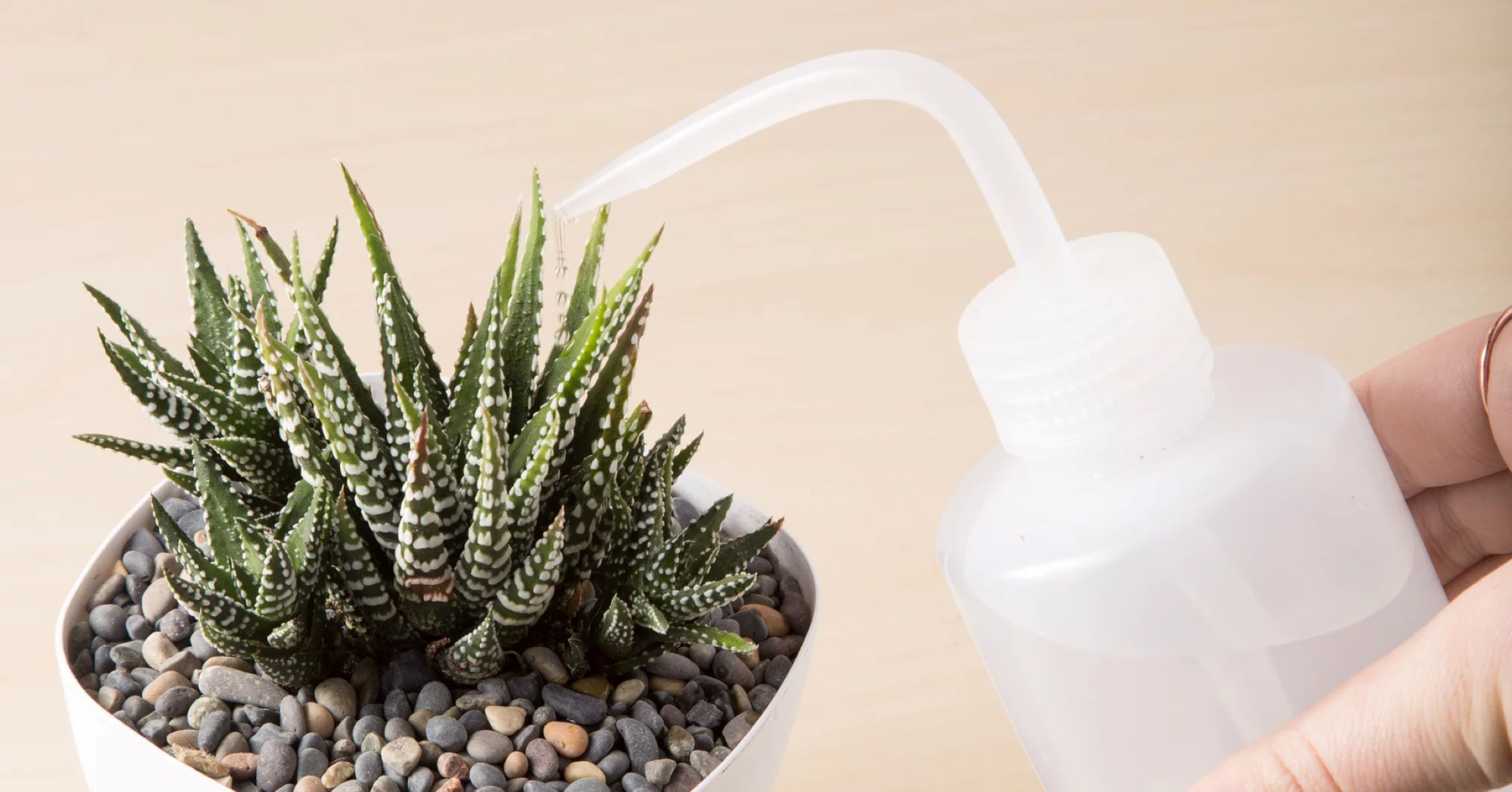

Home Maintenance
What To Plant In A Pot Without Drainage
Modified: March 7, 2024
Discover what to plant in a pot without drainage to maintain your home garden. Get tips on proper home maintenance for successful container gardening.
(Many of the links in this article redirect to a specific reviewed product. Your purchase of these products through affiliate links helps to generate commission for Storables.com, at no extra cost. Learn more)
Introduction
Welcome to the world of gardening! Whether you are a seasoned pro or just starting out, one of the most important aspects of successful gardening is proper drainage. While many pots come with drainage holes to help excess water escape, you may find yourself with a pot that doesn’t have any. Don’t worry, though! With a little creativity and some careful planning, you can still create a thriving plant habitat.
Having proper drainage is essential because it helps prevent waterlogged soil, which can lead to root rot and other plant diseases. When excess water isn’t able to drain out of the pot, it can cause the roots to sit in stagnant water, depriving them of essential oxygen. Furthermore, without adequate drainage, salts and minerals can accumulate in the soil, potentially damaging your plants.
So, how do you ensure that your plants in pots without drainage are set up for success? Let’s explore some tips and techniques to help you create a suitable environment for your plants.
Key Takeaways:
- Don’t fret if your plant pot lacks drainage! Layer with rocks, mix in perlite, and choose moisture-tolerant plants to create a thriving, water-friendly environment.
- Choose porous pots, monitor soil moisture, and select low-maintenance plants to successfully care for your potted greenery without drainage holes.
Importance of Proper Drainage
Proper drainage is crucial for the health and longevity of your potted plants. When water is applied to the soil, the roots absorb what they need, and the excess water should be able to drain away. Without proper drainage, the water can become trapped in the pot, leading to a range of problems for your plants.
One of the main reasons why proper drainage is essential is that it prevents waterlogged soil. When the water has nowhere to go, it saturates the soil, depriving the roots of necessary oxygen. As a result, the roots can become waterlogged and may eventually rot. This can lead to stunted growth, yellowing leaves, and even the death of your plants.
In addition to oxygen deprivation, waterlogged soil can also promote the growth of harmful fungi and bacteria. These pathogens thrive in damp environments and can cause diseases such as root rot and damping off. By providing proper drainage, you can minimize the risk of these diseases and promote healthier plant growth.
Another benefit of proper drainage is preventing the buildup of excess salts and minerals in the soil. When water evaporates from the soil, it leaves behind these substances, which can accumulate over time. If the water has no outlet, these salts and minerals can reach harmful levels and interfere with the plant’s ability to uptake water and nutrients. By allowing water to drain out of the pot, you can flush away the excess salts, maintaining a healthier soil balance for your plants.
Proper drainage also plays a role in controlling the moisture level of the soil. Depending on the type of plants you have, they may require different levels of moisture. By allowing excess water to drain, you have more control over watering and can prevent overwatering, which is a common mistake made by many gardeners. Overwatering can lead to nutrient leaching, root suffocation, and various other plant issues. Proper drainage gives you the ability to regulate the moisture levels, providing an optimal environment for your plants.
Overall, proper drainage is vital in maintaining the health and well-being of your potted plants. It ensures adequate oxygen supply to the roots, reduces the risk of root diseases, eliminates excess salts and minerals, and allows for better moisture control. Now that you understand the importance of drainage, let’s explore how to choose the right pot to meet your plant’s needs.
Choosing the Right Pot
When it comes to choosing a pot for your plants, there are a few important factors to consider, especially if you don’t have the luxury of drainage holes. Here are some tips to help you select the right pot to ensure proper drainage:
1. Material: Choose a pot made of porous materials, such as terracotta, clay, or unglazed ceramic. These materials allow for better air circulation and can help wick away excess moisture from the soil.
2. Size: Select a pot that is appropriately sized for your plant. Avoid using a pot that is too large, as it can retain excess water and increase the risk of waterlogged soil. On the other hand, a pot that is too small may restrict root growth and lead to root-bound plants.
3. Depth: Consider the depth of the pot. Deeper pots can hold more soil and retain more water, increasing the risk of overwatering. Opt for a shallow pot if possible, as it can help promote better drainage.
4. Shape: Choose a pot with a wide and shallow shape rather than a tall and narrow one. A wider pot provides more surface area for drainage and allows the soil to dry out more evenly.
5. Elevate: If you don’t have a pot with drainage holes, consider placing a layer of gravel or pebbles at the bottom of the pot to create space for water to collect, preventing the roots from sitting in standing water.
6. Monitor Soil Moisture: Without drainage, it’s crucial to monitor the moisture level in the soil more closely. Invest in a moisture meter or simply use your finger to check the moisture level before watering. Only water when the top inch of soil feels dry.
7. Consider a Decorative Outer Pot: To mitigate any potential water overflow, consider using a decorative outer pot without drainage holes to hold your plant. This way, you can remove the inner pot to water the plant and let it drain properly before placing it back into the outer pot.
Remember, finding the right pot is a crucial step in creating proper drainage for your plants. With these tips in mind, you can choose a pot that not only adds to the aesthetic appeal of your indoor or outdoor space but also promotes healthy plant growth without drainage holes.
Materials Required
Creating proper drainage in a pot without drainage holes requires a few essential materials. Here’s a list of items you’ll need:
1. Pot without drainage holes: Choose a pot that fits your plant’s size and has no drainage holes. Make sure it’s made of a porous material like terracotta or unglazed ceramic to promote better airflow.
2. Potting soil: Use high-quality potting soil specifically formulated for container gardening. Avoid using garden soil, as it may retain too much moisture without proper drainage.
3. Perlite or sand: These materials help improve drainage and prevent water from sitting at the bottom of the pot. Perlite is a lightweight volcanic rock that holds moisture while allowing excess water to drain, while sand provides similar benefits.
4. Gravel or pebbles: If you prefer to elevate the plant slightly to prevent the roots from sitting in water, you’ll need a layer of small rocks or pebbles. These will allow water to collect at the bottom of the pot without saturating the soil.
5. Watering can or spray bottle: You’ll need a watering can or spray bottle to water your plants gently. Without drainage holes, it’s important to avoid overwatering by providing the right amount of moisture.
6. Moisture meter or your finger: To monitor the moisture level in the soil, a moisture meter can come in handy. Alternatively, you can simply use your finger to gauge the moisture level by feeling the top inch of the soil.
7. Saucer or tray: If you’re using an outer decorative pot without drainage holes, a saucer or tray can catch any excess water that drains from the inner pot. This helps prevent water damage to your furniture or flooring.
Having these materials on hand will ensure that you’re well-prepared to create an environment with adequate drainage for your pot without drainage holes. With the right materials, you can promote healthy plant growth while avoiding the common pitfalls associated with poor drainage.
To plant in a pot without drainage, use a layer of gravel at the bottom to help with drainage. Also, be careful not to overwater to prevent root rot.
Creating Drainage in a Pot without Drainage Holes
While pots without drainage holes may seem challenging, there are a few simple techniques you can use to create effective drainage. Here’s how you can ensure that your plants thrive:
1. Layer the Bottom: Start by placing a layer of small rocks, pebbles, or gravel at the bottom of the pot. This layer will create space for excess water to collect without saturating the soil. Aim for about 1-2 inches of the drainage layer.
2. Add a Barrier: To prevent the potting soil from mixing with the drainage layer, place a permeable barrier over the rocks. You can use a piece of landscape fabric or a coffee filter. This barrier will allow water to pass through while keeping the soil separate.
3. Mix in Perlite or Sand: To improve drainage, mix perlite or sand into your potting soil. These materials help break up the soil, allowing water to flow more freely. Aim for a ratio of approximately 1 part perlite or sand to 4 parts potting soil.
4. Water Carefully: Without drainage holes, it’s important to water your plants carefully. Avoid drenching the soil, as it can lead to waterlogged roots. Instead, water your plants in small amounts, allowing the soil to absorb the moisture gradually. Monitor the soil moisture levels regularly to avoid overwatering.
5. Use a Moisture Meter: Consider investing in a moisture meter to accurately measure the moisture content of the soil. This tool can help you determine when it’s time to water and prevent you from over or underwatering your plants.
6. Mist with a Spray Bottle: If you’re concerned about overwatering, you can use a spray bottle to mist the leaves of your plants instead of watering directly at the soil level. This method ensures that you provide moisture without causing water to accumulate in the pot.
7. Rotate and Observe: To promote even drying of the soil, rotate the pot periodically. This allows all sides of the plant to receive equal amounts of light and helps prevent stagnant water pockets in the soil.
By following these steps, you can create adequate drainage in a pot without drainage holes. Remember to be mindful of your watering practices and monitor the moisture levels in the soil. With the right techniques, your plants can thrive in pots without drainage holes, bringing beauty and greenery to your home.
Suitable Plants for Pots without Drainage
When it comes to choosing plants for pots without drainage, it’s important to select species that can tolerate or even thrive in slightly damp conditions. Here are some suitable plants that are known for their adaptability and resilience:
1. Snake Plant (Sansevieria): Snake plants are known for their ability to withstand a variety of conditions, including low light and infrequent watering. Their sturdy leaves store moisture, making them well-suited for pots without drainage holes.
2. ZZ Plant (Zamioculcas zamiifolia): ZZ plants are excellent options for low light and low maintenance environments. They have a knack for surviving in pots without drainage, as they can tolerate occasional overwatering.
3. Pothos (Epipremnum aureum): Pothos thrive in a variety of conditions, including pots without drainage. These trailing vines are easy to care for and can adapt well to different light levels.
4. Spider Plant (Chlorophytum comosum): Spider plants are resilient and forgiving, making them a popular choice for beginners. They can tolerate slightly waterlogged conditions but prefer to dry out between waterings.
5. Peace Lily (Spathiphyllum): Peace lilies are known for their ability to remove toxins from the air, making them a great choice for indoor spaces. They prefer slightly moist soil but can handle occasional overwatering.
6. Chinese Evergreen (Aglaonema): Chinese evergreens are known for their tolerance to low light and their ability to thrive in slightly damp conditions. They have attractive foliage and are relatively low maintenance.
7. Dracaena: Dracaena varieties, such as the Dragon Tree or Corn Plant, are popular choices for indoor pots without drainage. They can handle a range of light conditions and prefer slightly moist soil.
8. Philodendron: Philodendrons are versatile plants that can adapt to various growing conditions. They thrive in pots without drainage as long as the soil is well-draining and doesn’t become waterlogged.
Remember that while these plants can tolerate pots without drainage holes, it’s still essential to monitor their watering needs and avoid overwatering. It’s also a good practice to check the moisture level of the soil regularly to ensure it doesn’t become too saturated.
By selecting plants that naturally tolerate damp conditions and implementing proper watering techniques, you can create a thriving green oasis in pots without drainage holes. Enjoy the beauty and benefits of indoor plants while maintaining a healthy environment for their growth.
Caring for Plants in Pots without Drainage
When it comes to caring for plants in pots without drainage, it’s important to pay attention to their specific needs and provide the right care to ensure their health and vitality. Here are some essential tips to keep in mind:
1. Watering: Water your plants carefully to avoid overwatering. Without drainage holes, it’s easy for water to accumulate in the pot, leading to root rot. Instead of watering on a set schedule, check the moisture level of the soil using your finger or a moisture meter. Only water when the top inch of soil feels dry. Ensure that the water reaches all areas of the potting soil without drenching it excessively.
2. Proper Soil Moisture: Aim to keep the soil slightly moist but not waterlogged. Overwatering can suffocate the roots and lead to fungal infections, while underwatering can result in dryness and nutrient deficiencies. Find the right balance by monitoring the moisture levels closely and adjusting your watering frequency accordingly.
3. Avoid Standing Water: If you notice any excess water collecting at the bottom of the pot or in the saucer, remove it promptly. Standing water can lead to stagnant conditions, promote the growth of harmful bacteria, and increase the risk of root rot. Empty the saucer or tray regularly to ensure proper drainage.
4. Provide Adequate Lighting: Place your pot without drainage in an area that receives appropriate lighting for the specific plant. Different plants have varying light requirements, so be sure to research the needs of your particular plant. Insufficient light can slow down the evaporation process and increase the risk of waterlogged soil.
5. Monitor Plant Health: Keep a close eye on the overall health and appearance of your plants. Look out for signs of overwatering, such as yellowing leaves, wilting, or a foul odor coming from the soil. If you notice any issues, adjust your watering routine and, if necessary, trim away any damaged or rotting roots.
6. Fertilize Appropriately: Regularly fertilize your plants with a balanced, water-soluble fertilizer formulated for potted plants. Be careful not to over-fertilize, as excess nutrients can build up in the soil without drainage. Follow the instructions on the fertilizer packaging and adjust the frequency based on the needs of your specific plant.
7. Repotting: Over time, the potting soil in a pot without drainage can become compacted and lose its ability to drain properly. Consider repotting your plants every 1-2 years to refresh the soil and provide better drainage. During repotting, carefully remove the plant from its current pot, gently loosen the roots, and place it in a new pot with fresh potting soil.
By following these care tips, you can ensure the health and well-being of your plants in pots without drainage. Paying attention to watering, light, and overall plant health will help create an environment where your plants can thrive, even in the absence of drainage holes. Enjoy the rewards of a green and vibrant indoor or outdoor space!
Conclusion
Gardening in pots without drainage holes may seem daunting at first, but with the right techniques and care, you can create a successful environment for your plants. Proper drainage is essential for the health and longevity of your potted plants, as it prevents waterlogged soil, root rot, and the accumulation of excess salts and minerals.
When choosing a pot, opt for porous materials like terracotta or unglazed ceramic. Consider the size, depth, and shape of the pot to promote better drainage and moisture control. Additionally, be sure to have the necessary materials on hand, such as potting soil, perlite or sand, gravel or pebbles, and a moisture meter or your finger to monitor the moisture level in the soil.
By following the steps outlined in this article, including layering the bottom of the pot with rocks or gravel, mixing in perlite or sand with the potting soil, and watering carefully, you can create effective drainage in pots without drainage holes. Additionally, choose plants that are suitable for these conditions, such as snake plants, ZZ plants, pothos, and peace lilies.
Proper care is crucial for healthy plants in pots without drainage. Monitor the soil moisture, avoid standing water, provide adequate lighting, and regularly fertilize your plants within appropriate proportions. Additionally, consider repotting your plants every 1-2 years to refresh the soil and maintain optimal drainage.
Remember, gardening is a learning process, and it may take some trial and error to find the perfect balance for your plants. Stay observant, adjust your care routine as needed, and enjoy the rewards of a thriving indoor or outdoor garden.
So go ahead, get creative, and transform those pots without drainage into flourishing plant havens. With a little ingenuity and attention to detail, you can create a vibrant and beautiful plant sanctuary in any environment.
Frequently Asked Questions about What To Plant In A Pot Without Drainage
Was this page helpful?
At Storables.com, we guarantee accurate and reliable information. Our content, validated by Expert Board Contributors, is crafted following stringent Editorial Policies. We're committed to providing you with well-researched, expert-backed insights for all your informational needs.
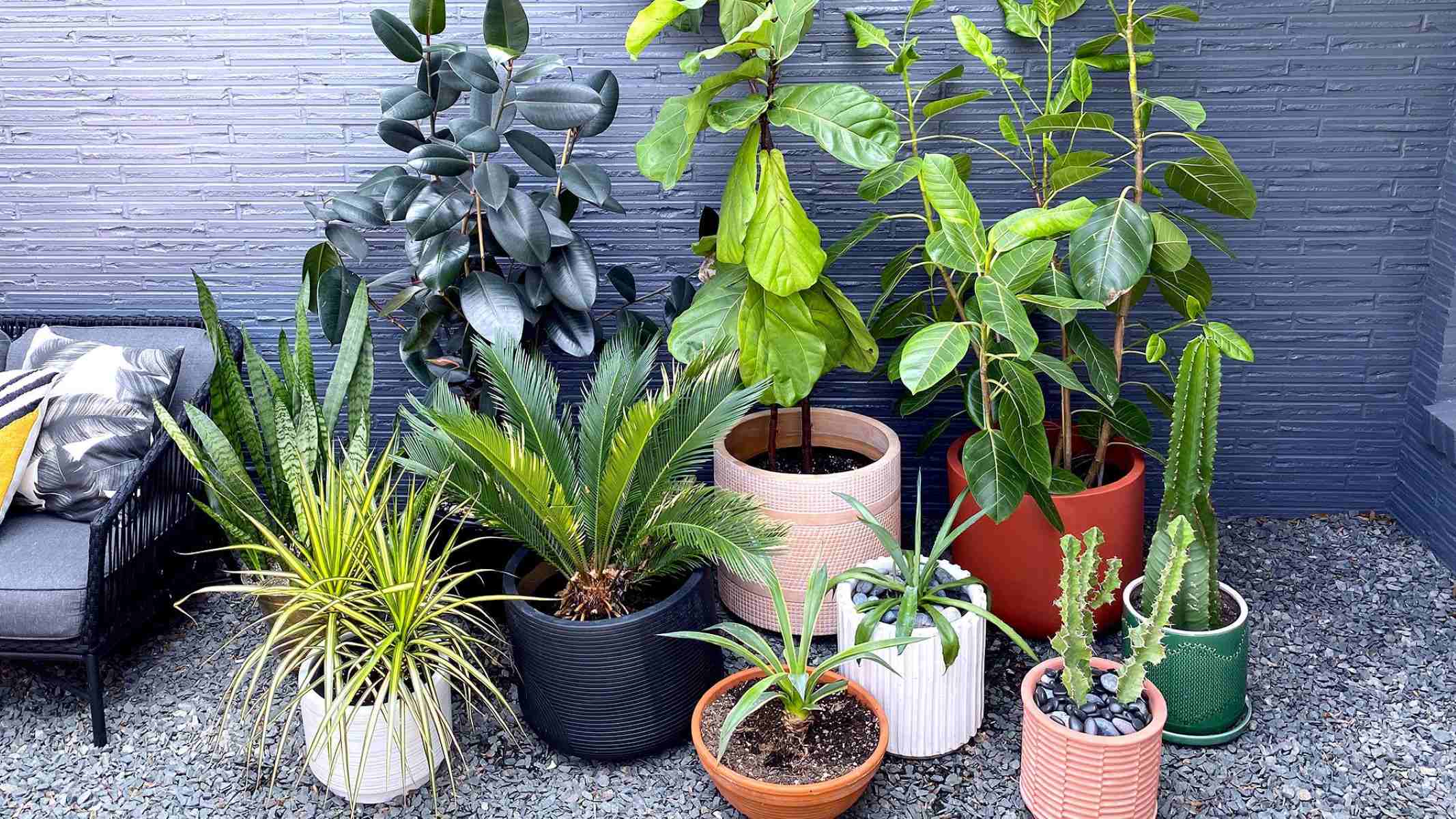
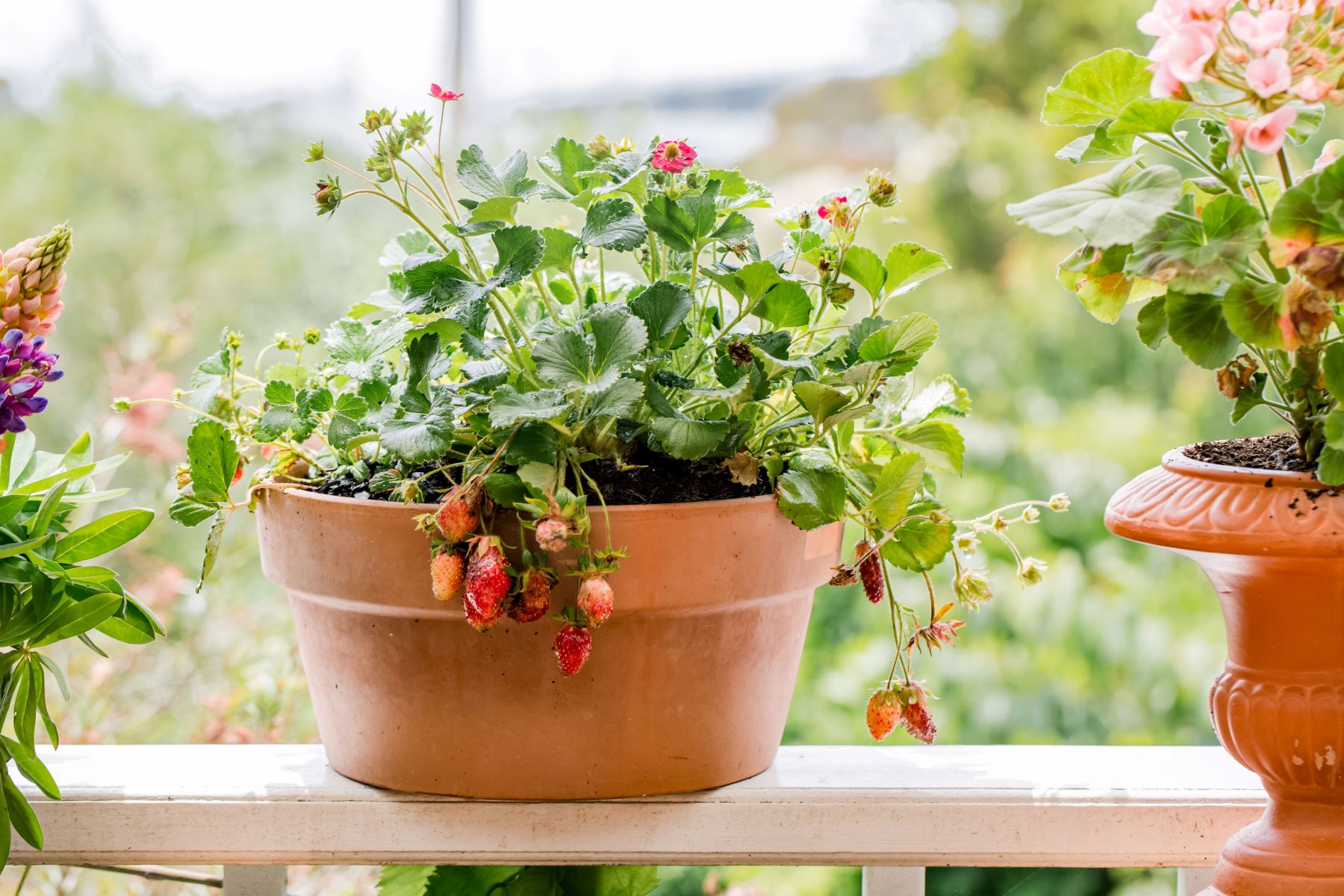
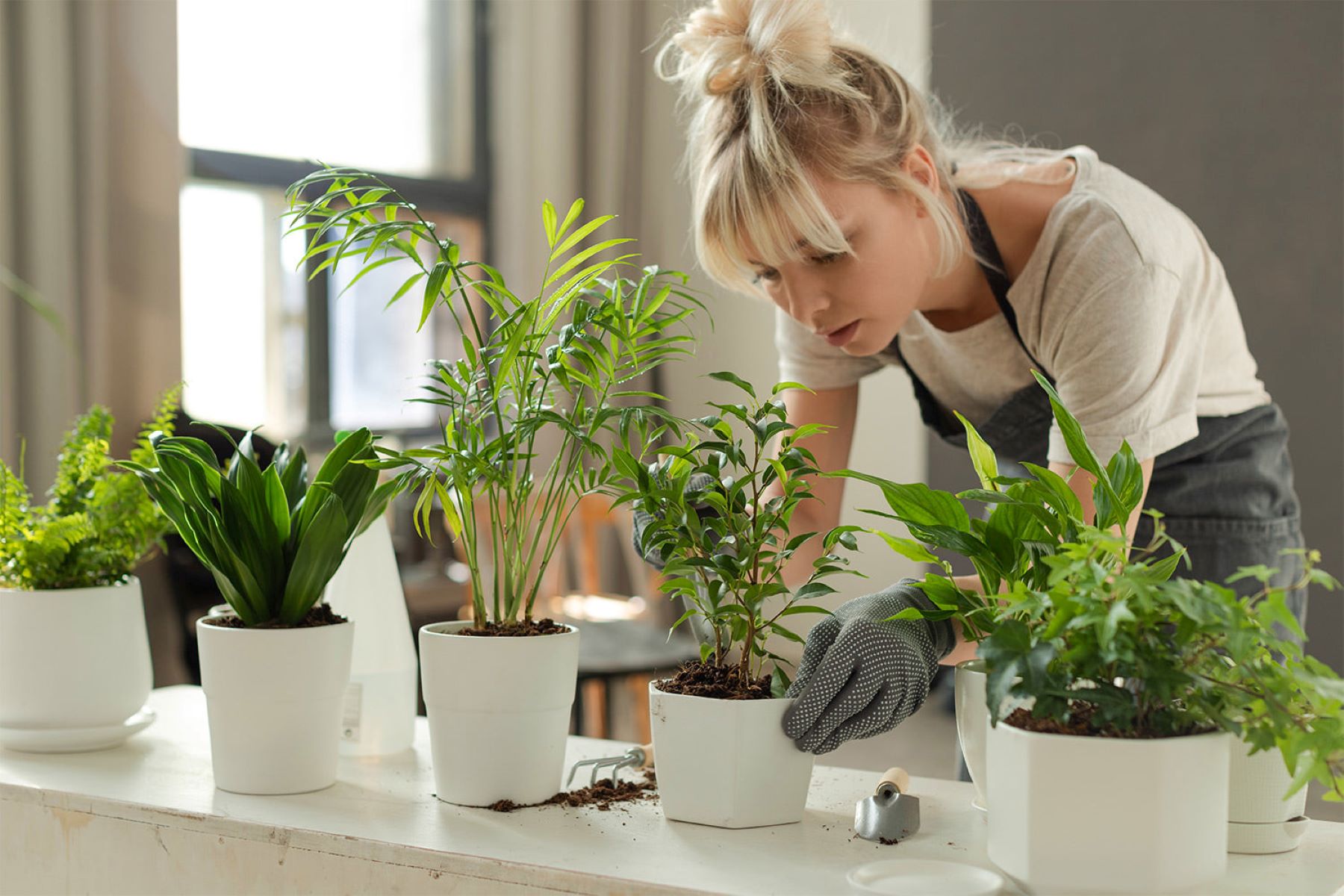
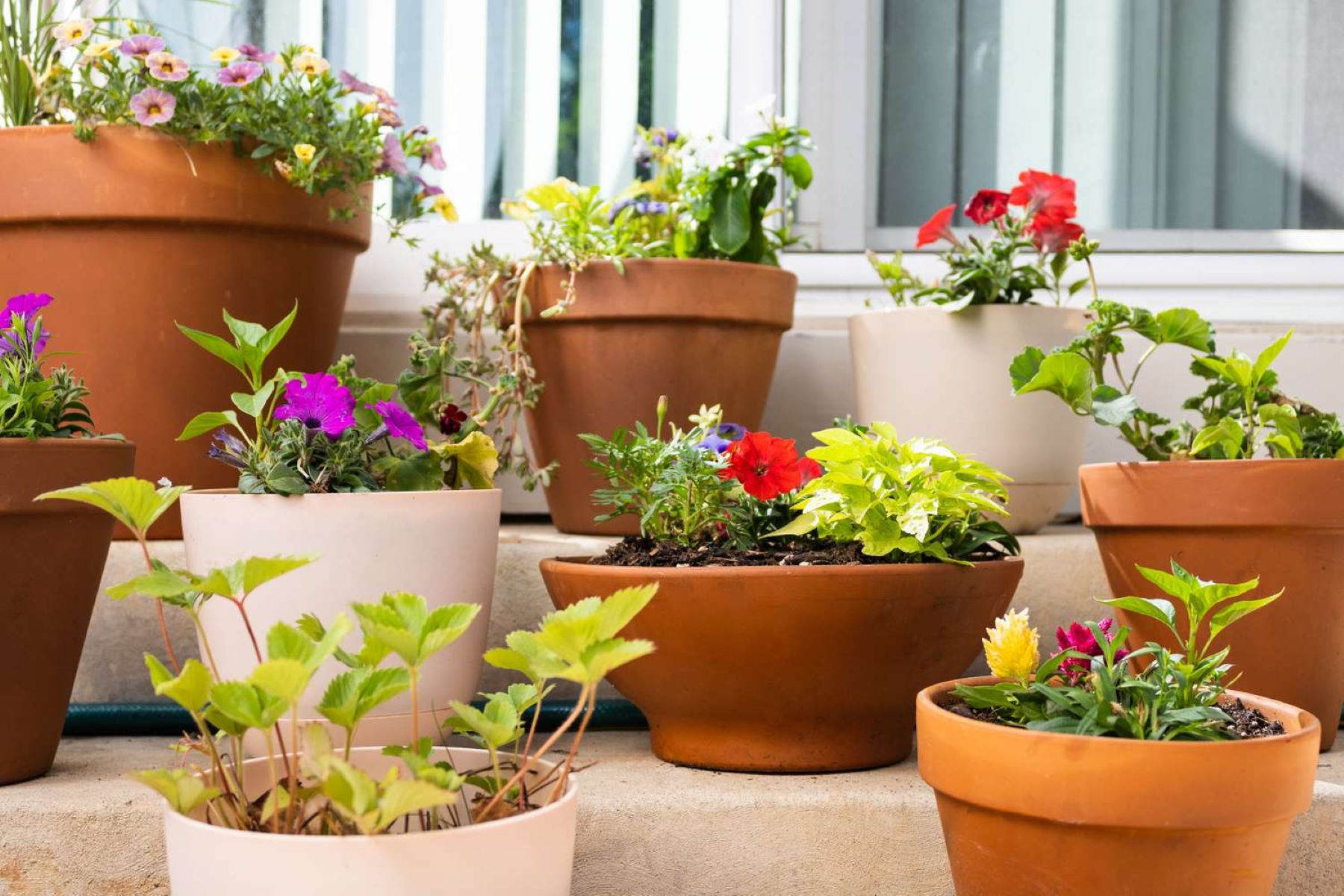
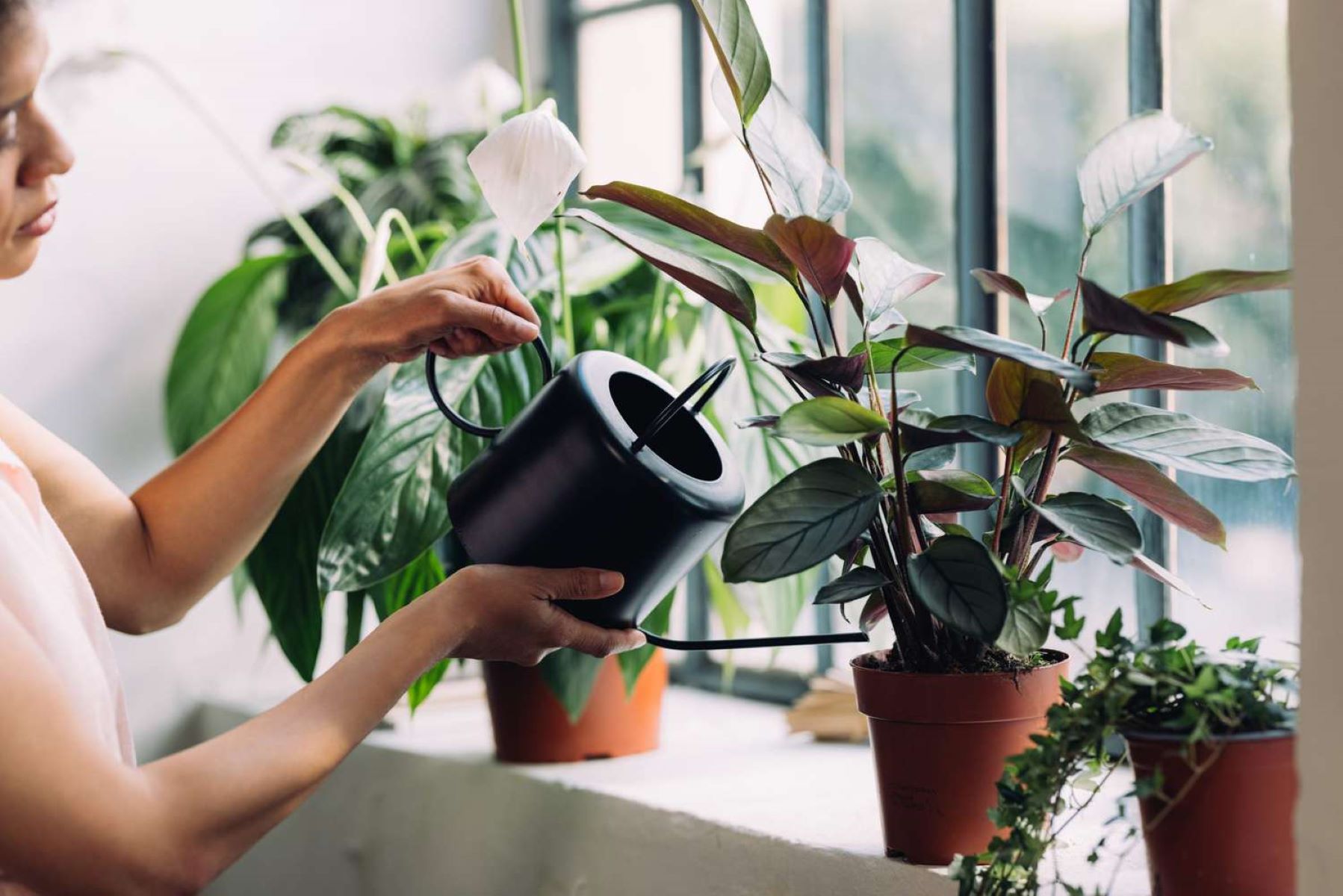
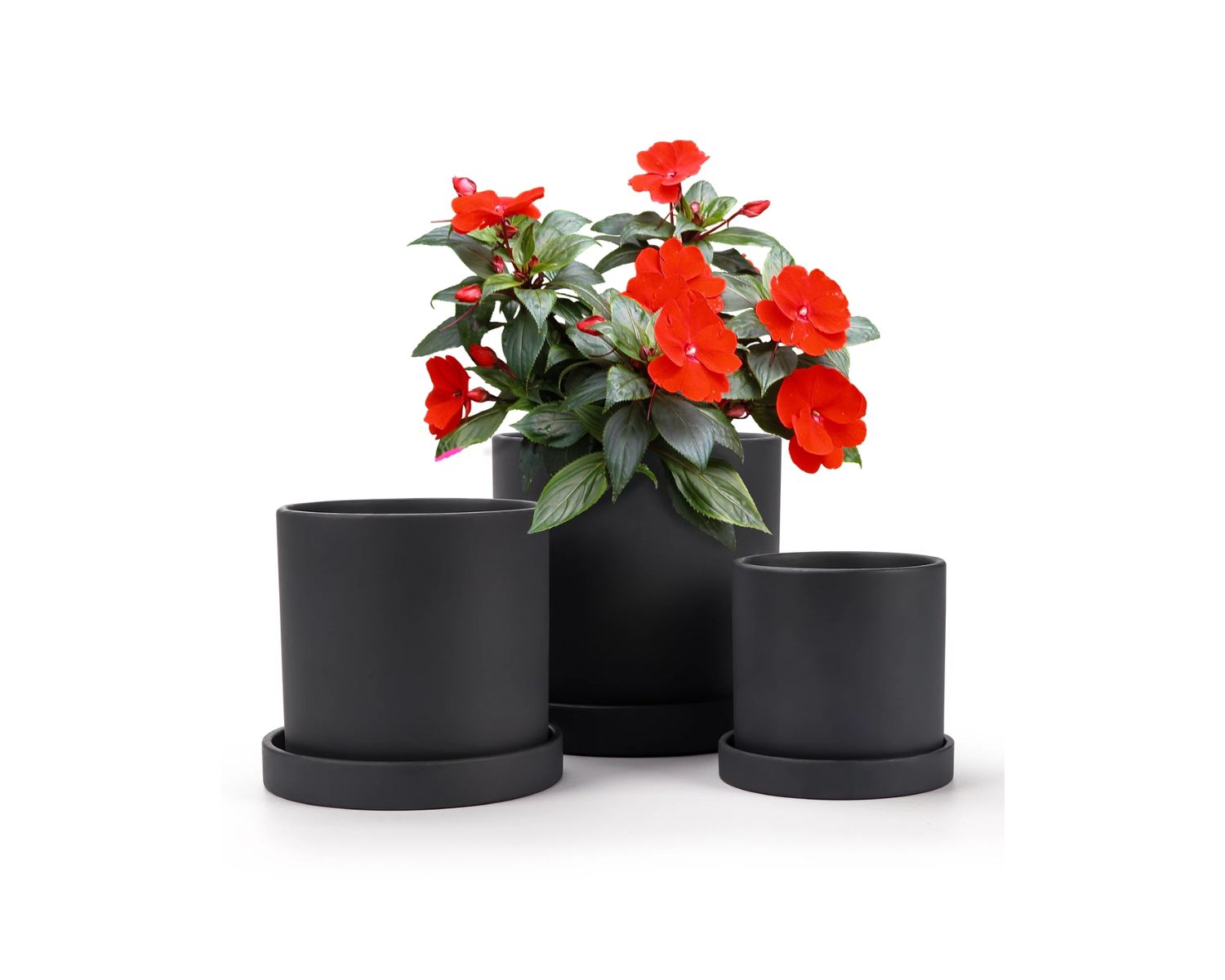
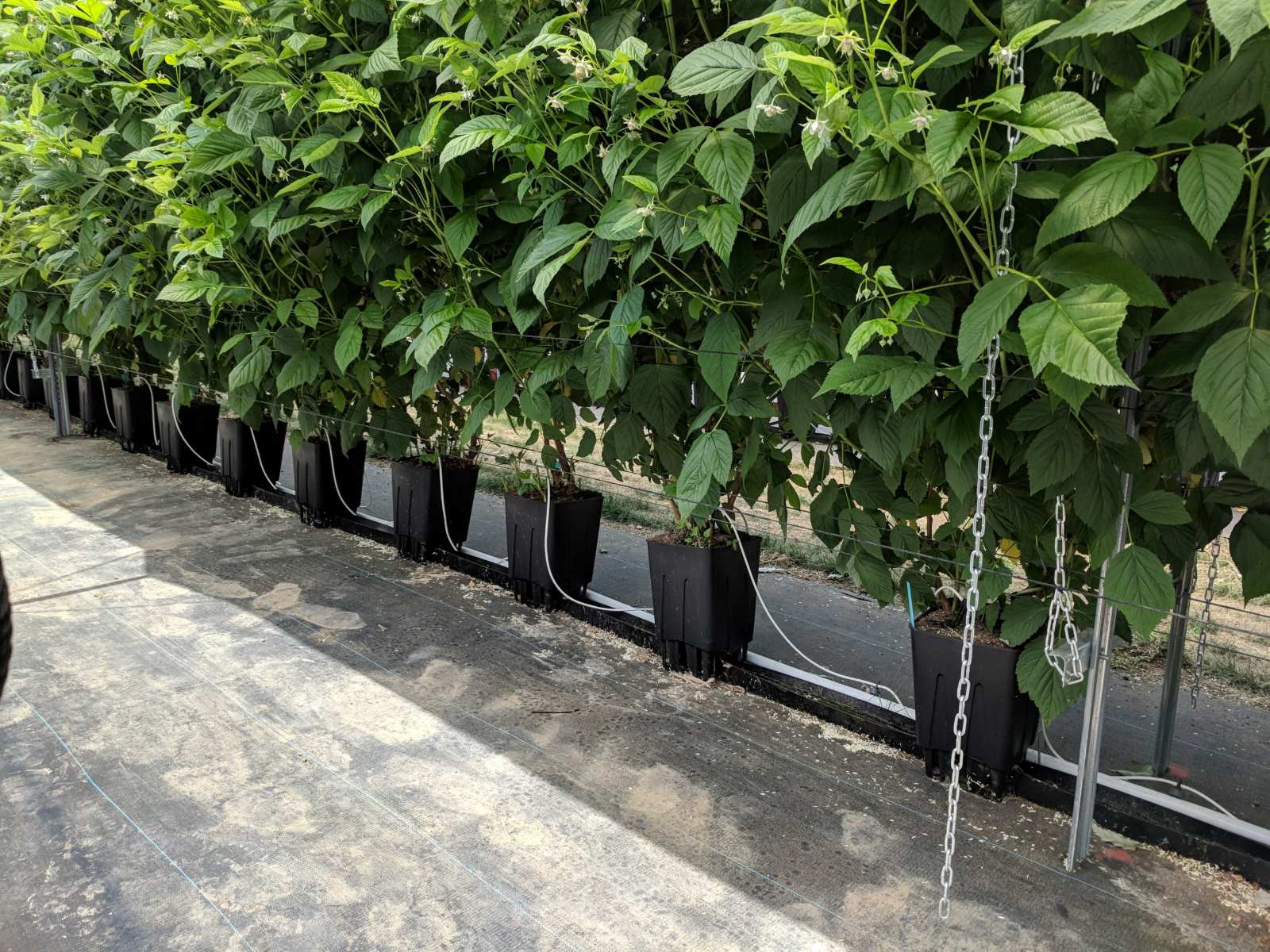
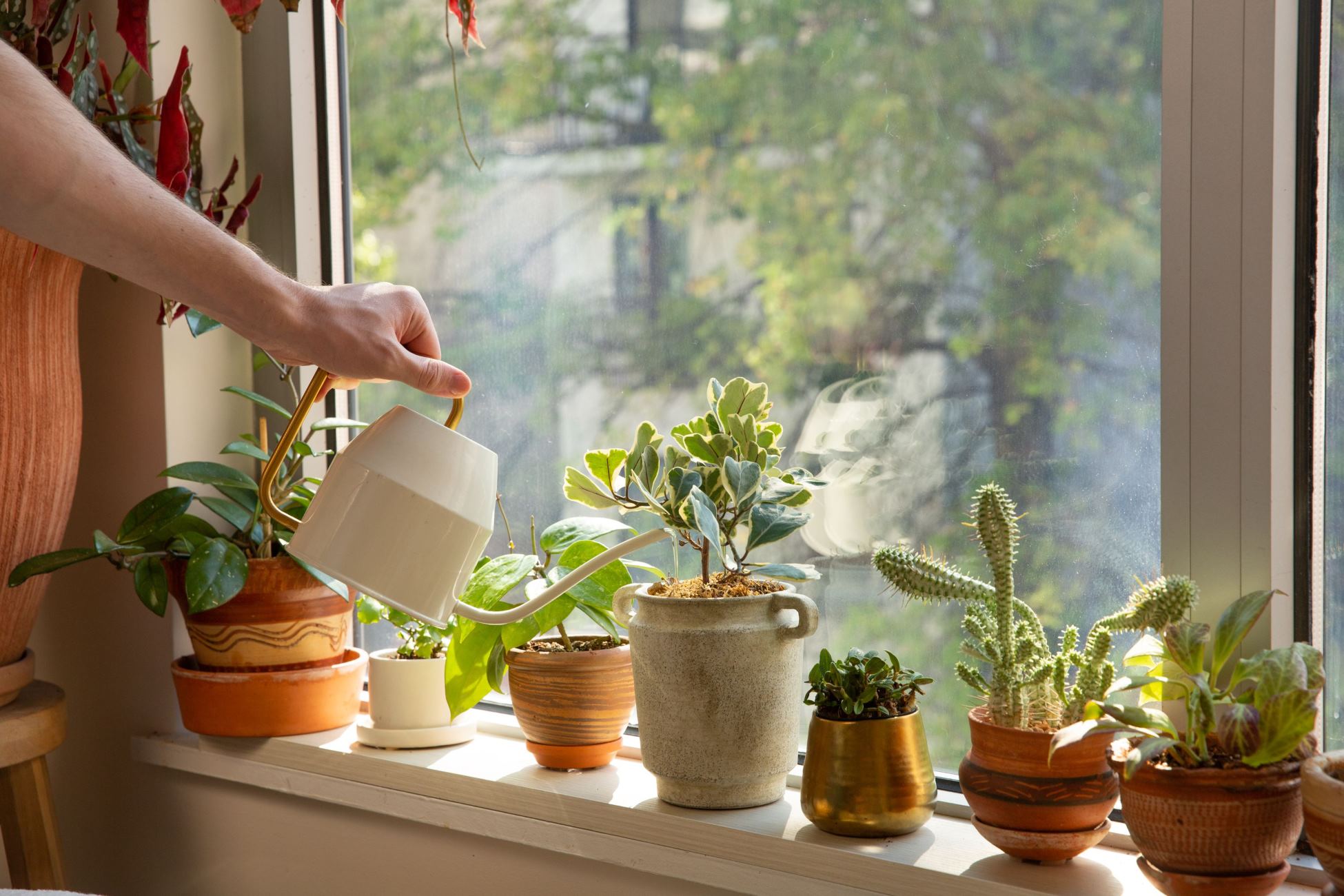
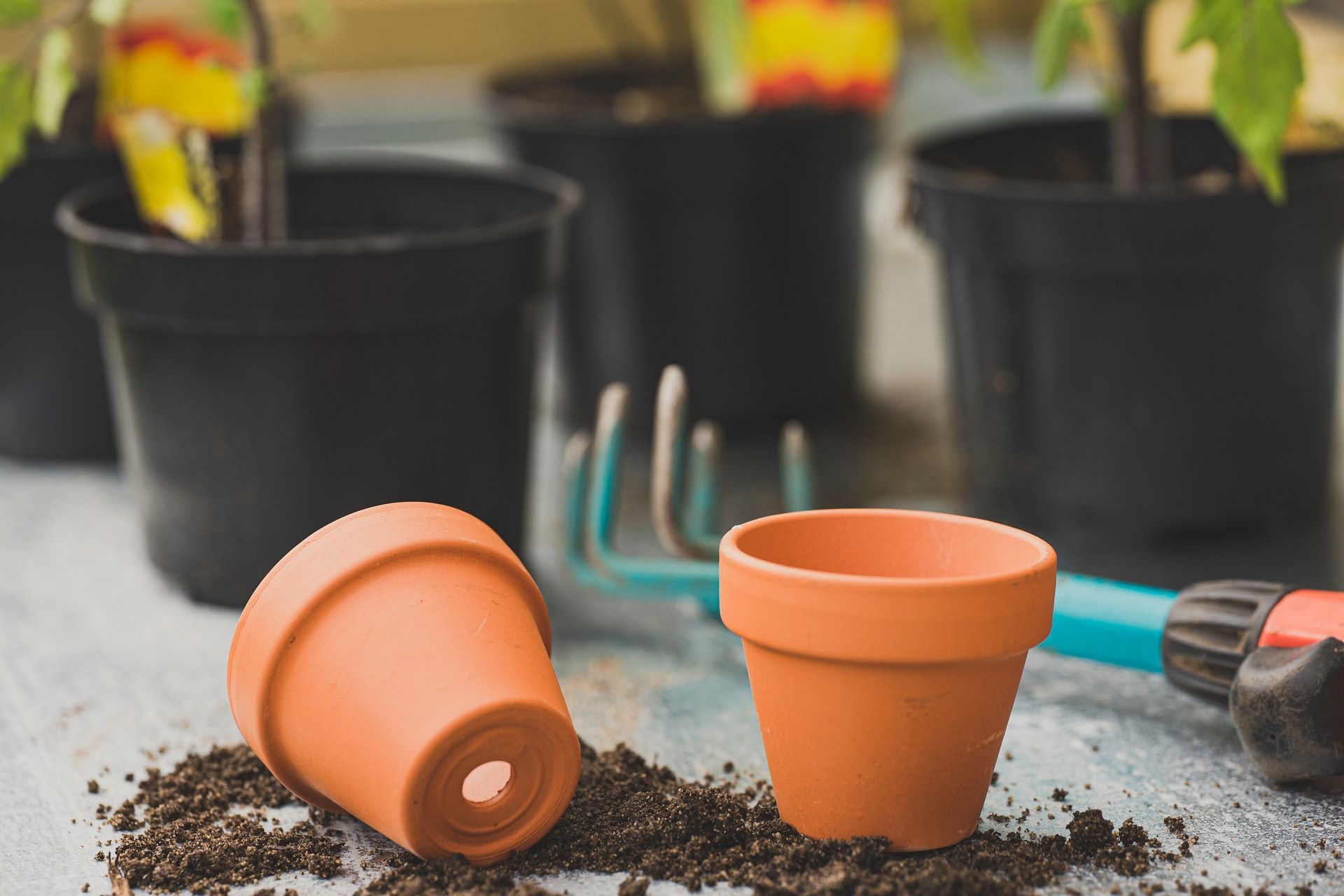
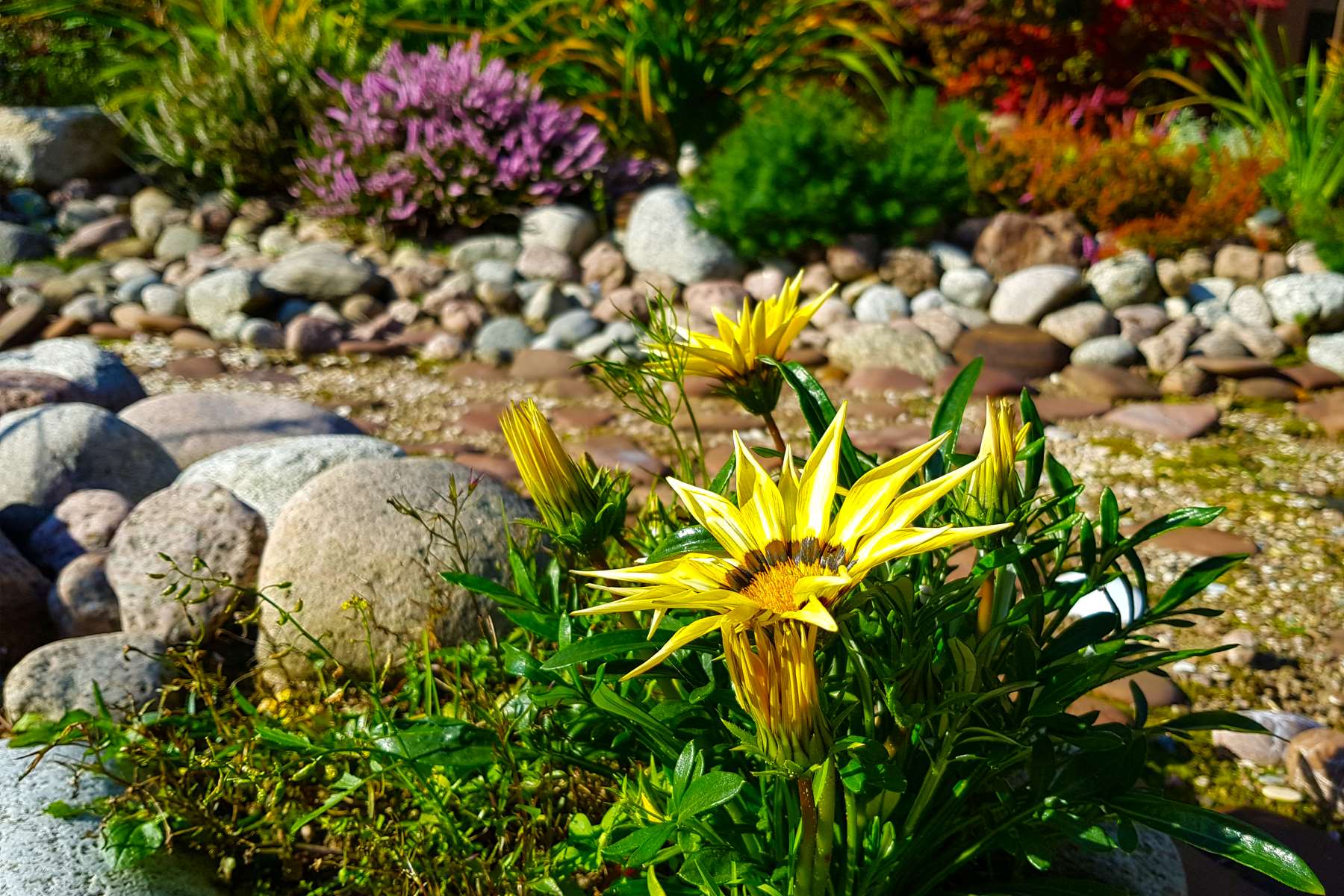
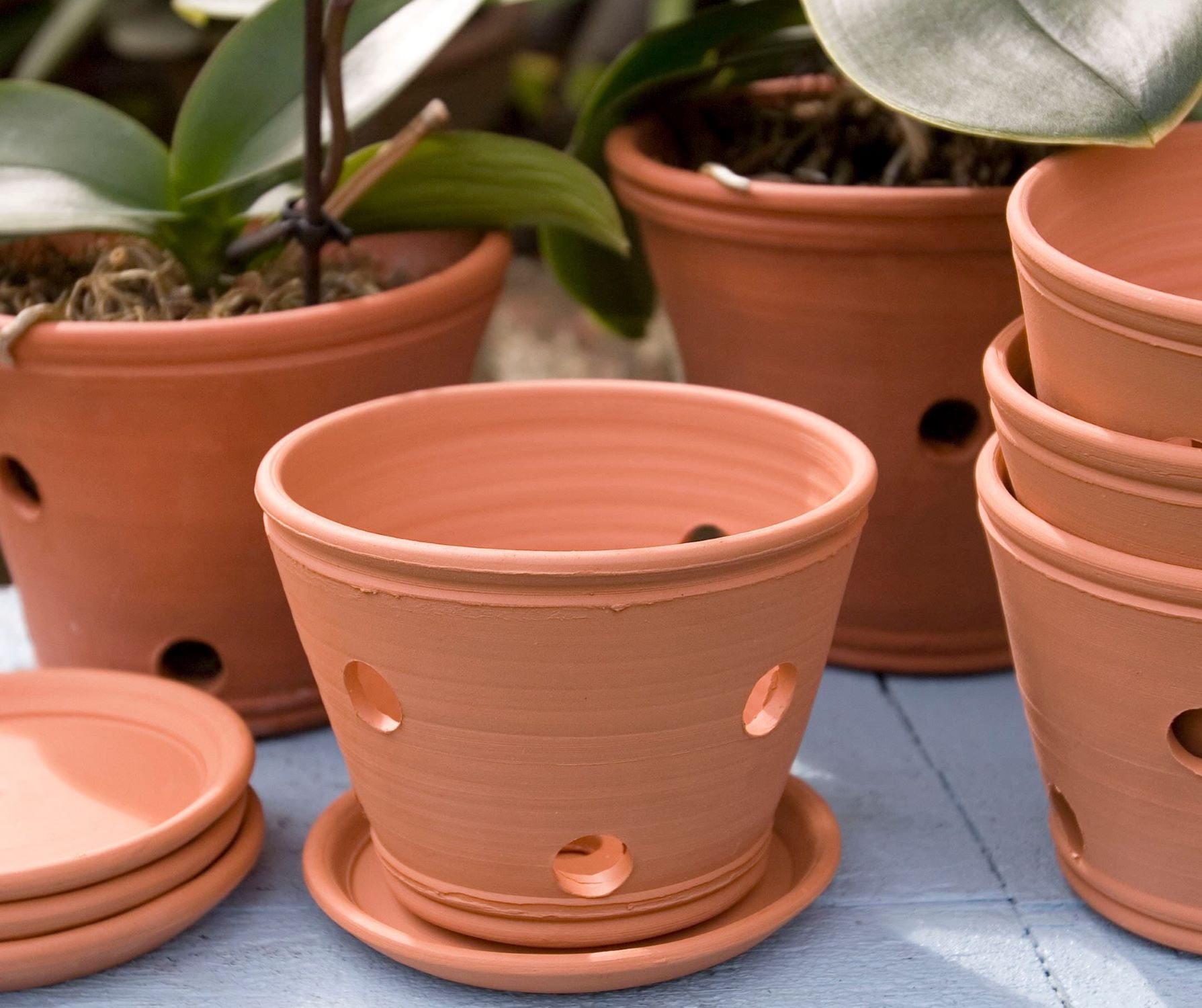
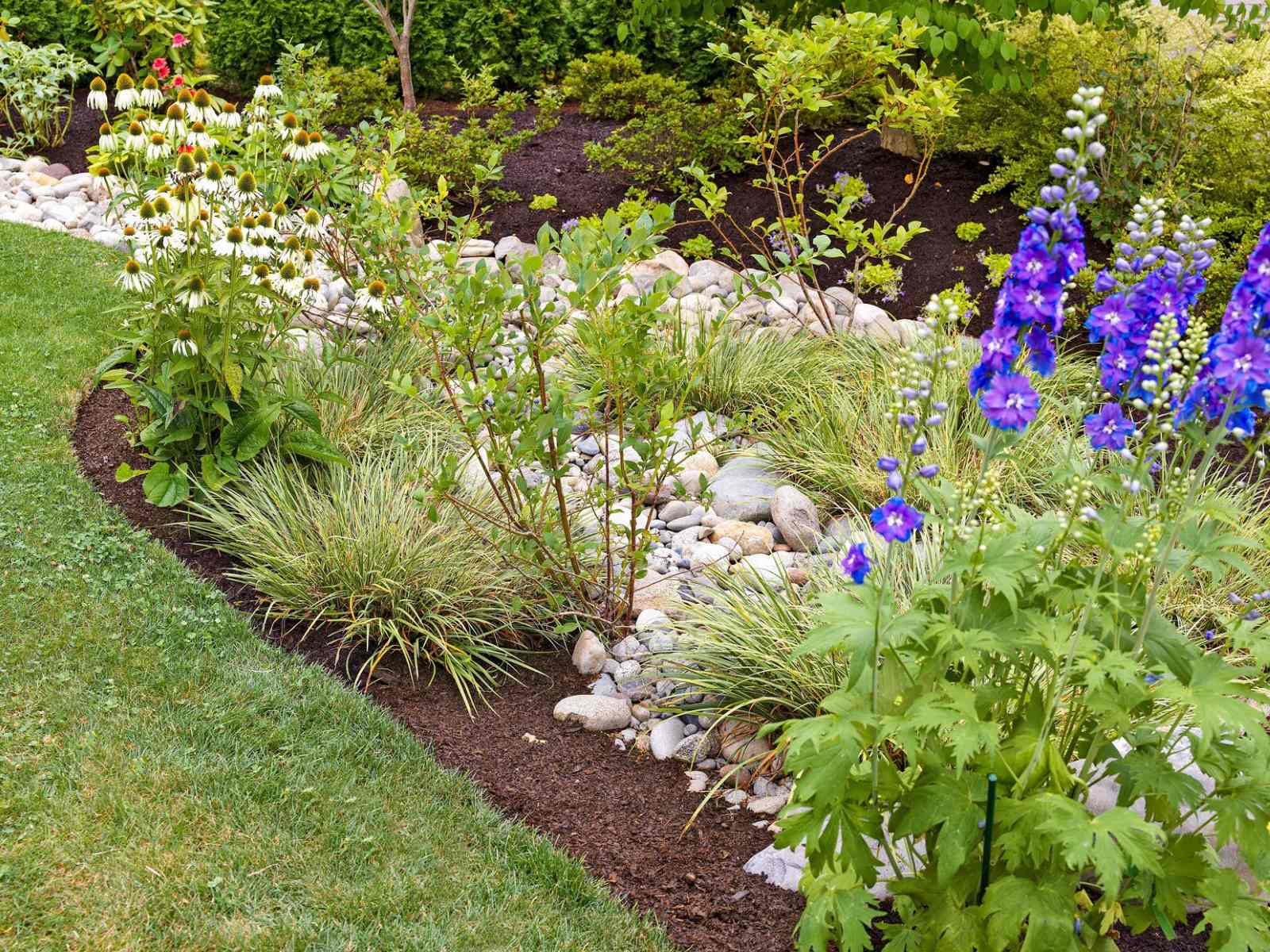
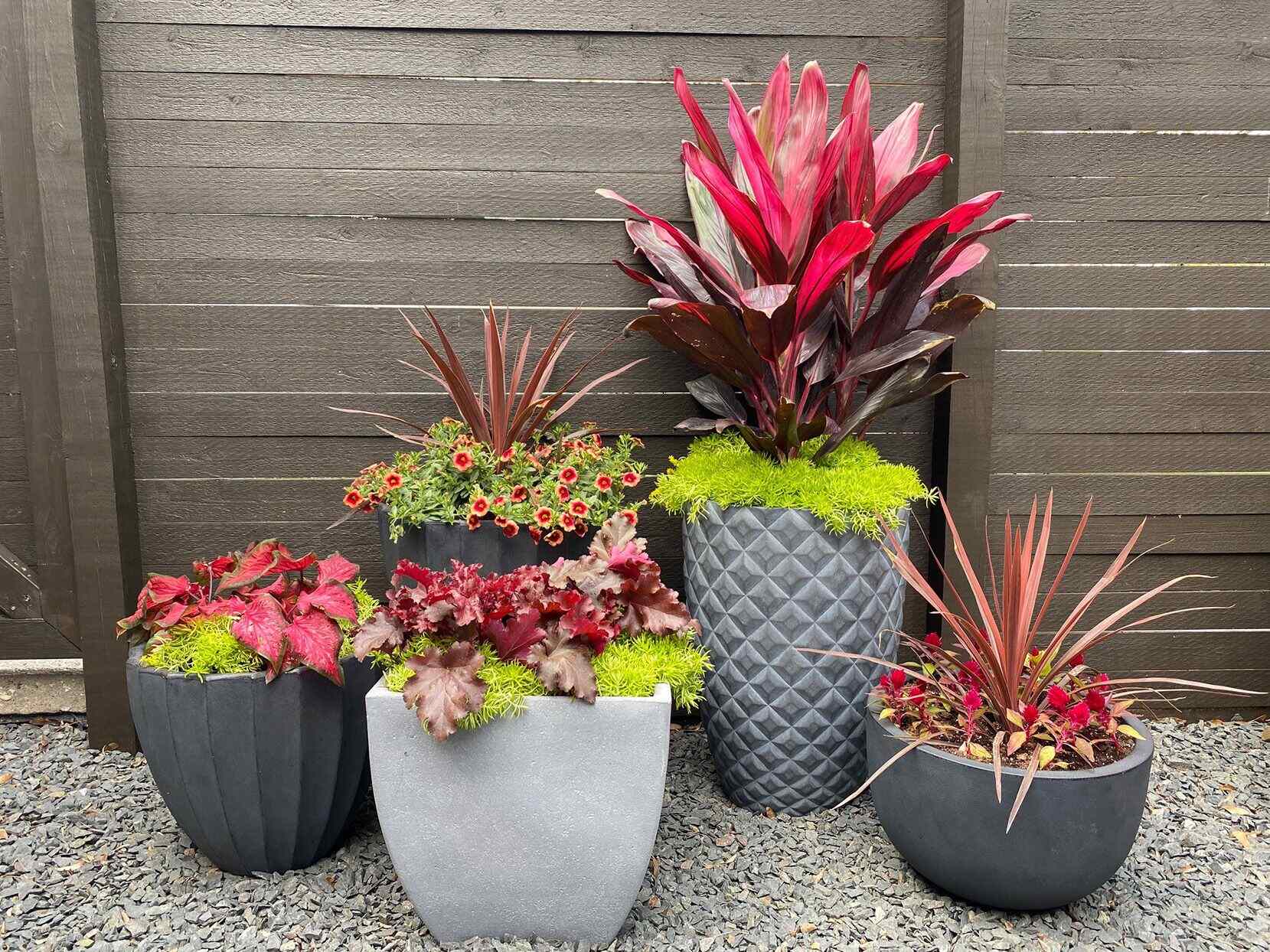
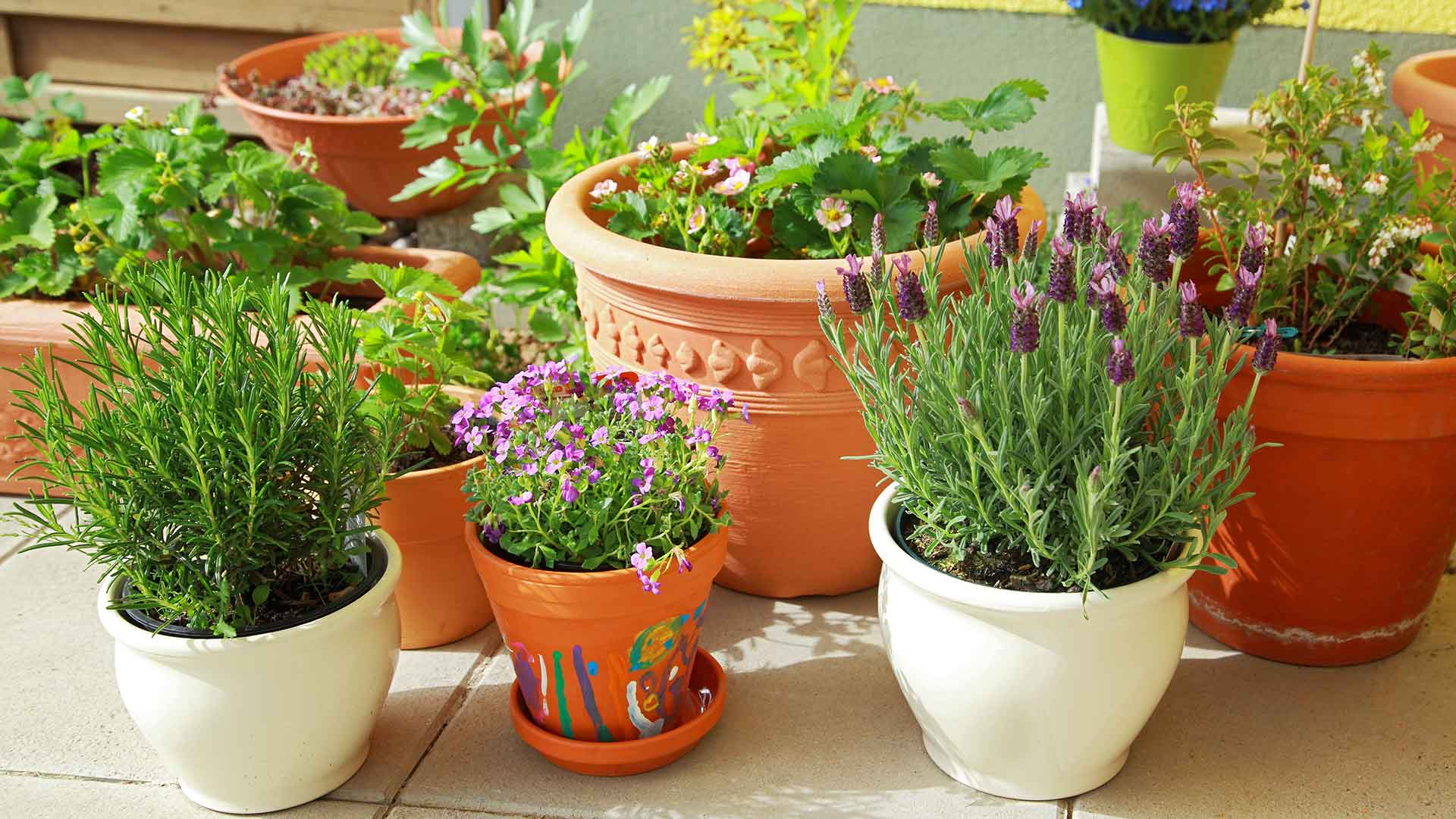

0 thoughts on “What To Plant In A Pot Without Drainage”